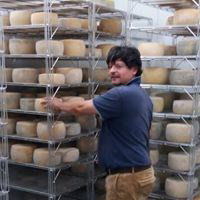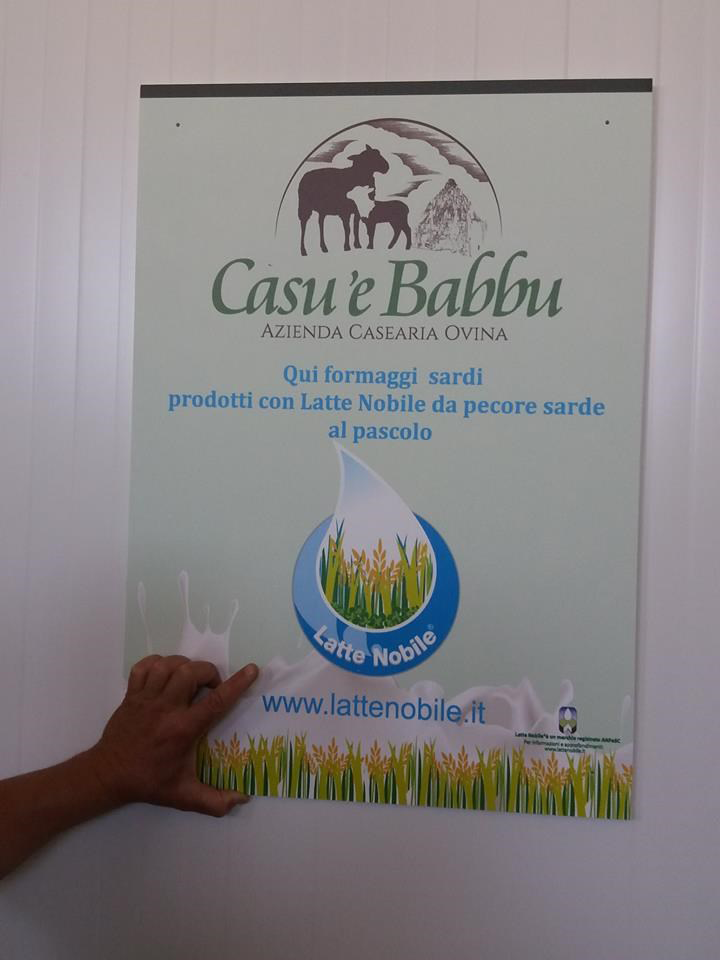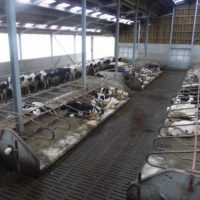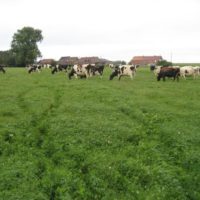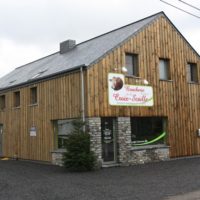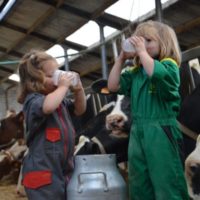Pasture-based farming system & high quality cheese production
Description
The farm ‘Casu e babbu’ is located inside the Regional Natural Park ‘Tepilora’, in North East Sardinia (Italy), an area of high naturalistic, landscape and historical-cultural value.
The farmer adopted a farm system in line with the rules of the regional park, which promotes the development of agro-silvo-pastoral farming systems, respectful of the en-vironment, with the use of the organic production and other low impact techniques.
The main innovation of the farm is its inclusion in the list of farms that produce under the brand ‘Latte nobile’:
- The animal diet is based upon a natural and semi-natural pastures with high plant biodiversity
- The animal diet is integrated by small amounts of legume and cereal grains and lucerne hay (bought from the local market)
- The farmer processes sheep milk in high quality cheese, obtained from raw milk, in its mini dairy factory.
Reason for the innovation
- Avoid to sell cheese produced from pasteurized milk (saturated market)
- Increase farmer income by selling of cheese produced by raw milk
Farm description
Environment
- Main soil types: clay soils, neutral pH
- Climate: Mediterranean climate
- Average Altitude: 500 m a.s.l.
- Slope: 25-30%
Grassland management
- Grazing : Yes
- Grazing management type: rotational grazing. Sheep graze all day
- Length of the grazing season: 12 months
- Forage conservation type: Hay, bought from market
- Fertilisation rate: 0
Structure
- Annual Work Unit: 1 full time + 1 seasonal (6 months per year) workers
- Agricultural Area : 90 ha, 70 ha UAA including:
- – 60 ha, natural and semi-natural pastures
- – 10 ha, barley (grazed, no grain production)
- Activity: dairy sheep raising (Sarda breed)
- Number of heads (LSU): 26
- Stocking rate referred to total farm area: 0,29 LSU per hectare
Animal performance
- Milk production: 200 l per head per year
- Meat production: 200 milk lambs per year, slaughtered 28 days after birth (carcass weight: 6-7 kg)
Why it is working
The farmer operates in a marginal area but his products have an added value that balance and valorise the low production levels of grasslands and animals.
The farmer sells his high quality products in a niche market in which its products are valued economically, with an average price higher than other market segments
The final products evoke a strong link with traditions and environment of the area where the farm is located that is highly appreciated by consumers
Additional information
| Farming system | organic farming |
|---|---|
| Domains of innovation | farm system, forage mixture, marketing |
| Main types of animal | dairy sheep |
| Country | Italy |
| Product type | Farmer portrait |
| Language | English, Italian |
